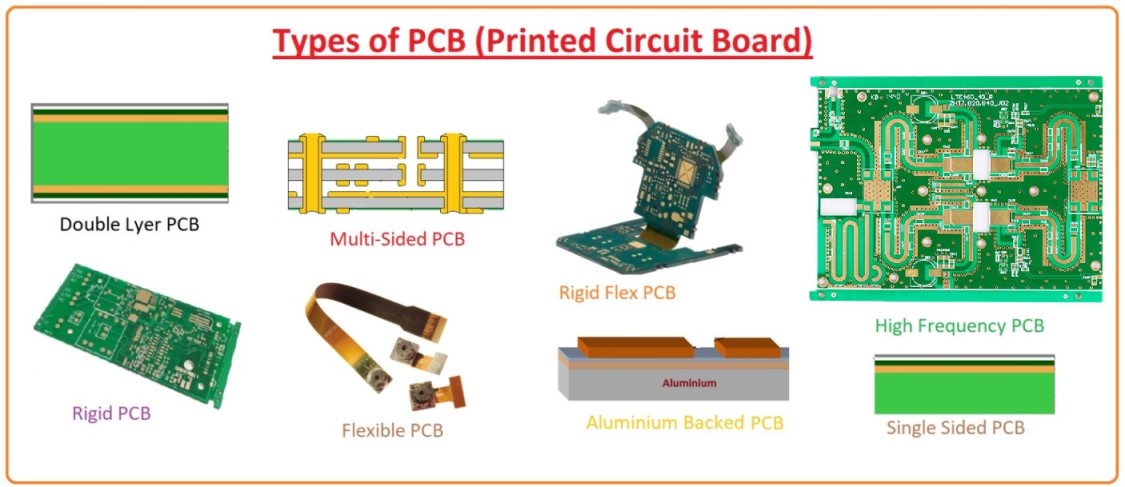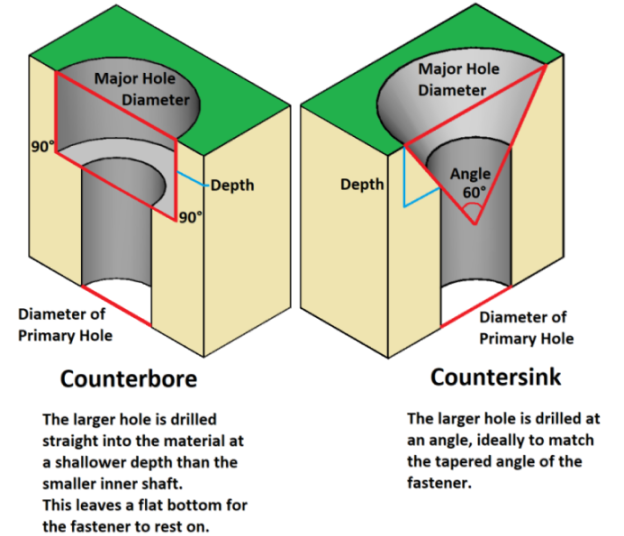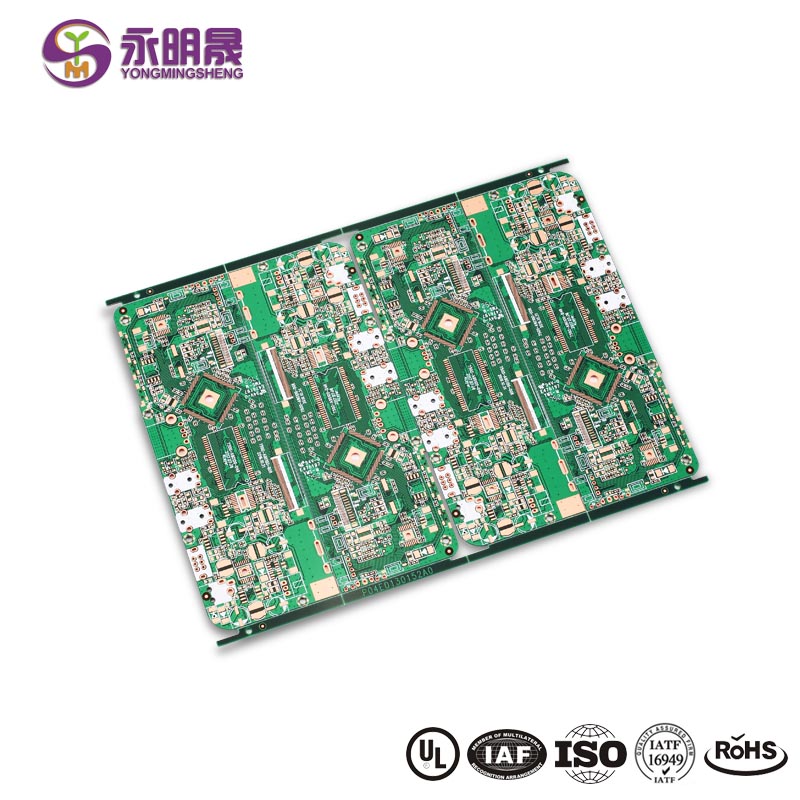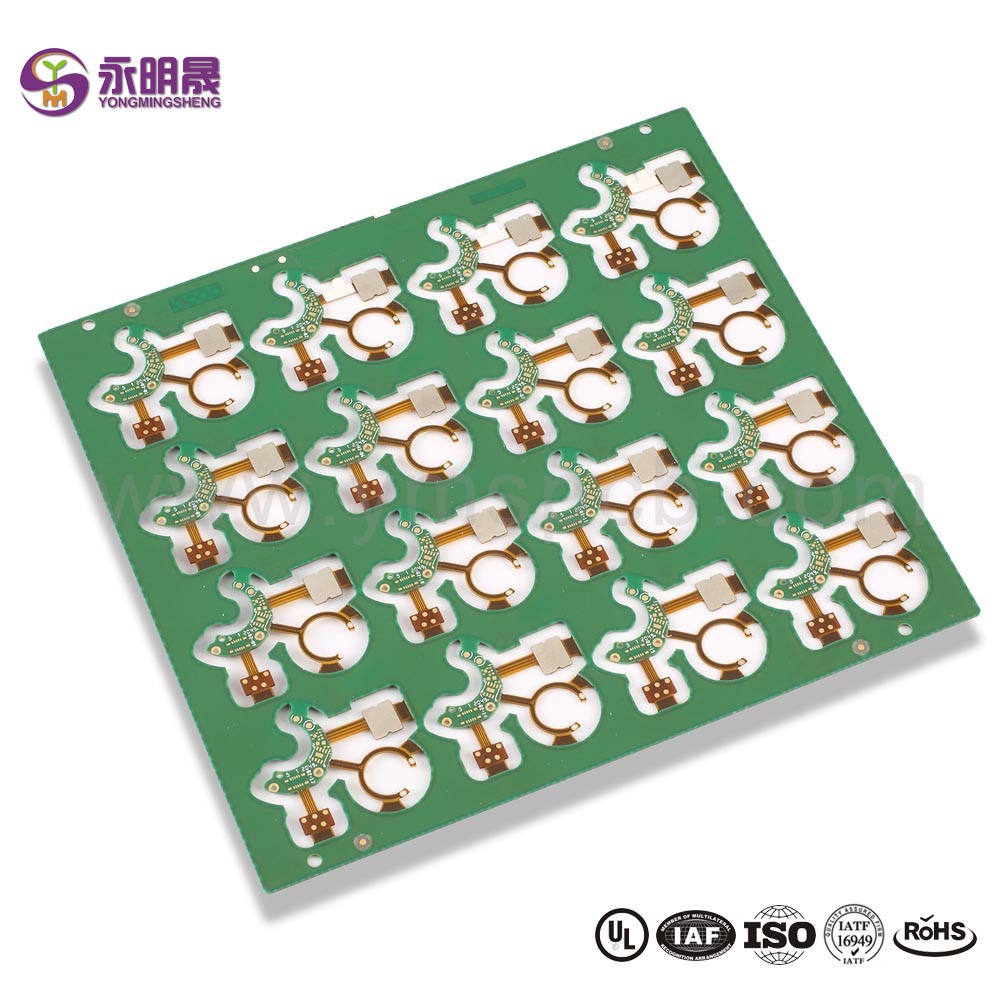Double sided pcb Normal pcb Lead free HASL Counterbore Manufacturer | YMS PCB
HAL(Lead Free), the full name is Hot Air leveling with Lead Free. Compared with HASL, the main difference for HAL(Lead Free) is the element of material which do not contain Lead(Pb), so it’s RoHS Compliant and it’s much more popular and widely used in iṣelọpọ iṣelọpọ .
HAL(Lead Free) requires higher run temperatures for lead free solder and longer contact time, the production cost for HAL(Lead Free) is slightly higher than HASL(Tin/Lead).
The manufacturing process of HAL(Lead Free) is similar to HASL(Tin/Lead), the circuit boards will be submersed in molten solder(Lead Free). This solder will cover all the exposed copper surfaces. Upon retraction from the solder, high pressure hot air is blown over the surface through air knives, this levels the solder deposit and removes the excess solder from the surface of printed circuit boards.
Tejede Circuit Board Ifihan
Deede tejede Circuit Board: Most PCBs for simple electronics are simple and composed of only a single layer. More sophisticated hardware such as computer graphics cards or motherboards can have 2 or multiple layers, sometimes up to twelve.
A printed circuit board (PCB) mechanically supports and electrically connects electrical or electronic components using conductive tracks, pads and other features etched from one or more sheet layers of copper laminated onto and/or between sheet layers of a non-conductive substrate. Components are generally soldered onto the PCB to both electrically connect and mechanically fasten them to it.PCBs can be single-sided (one copper layer), double-sided (two copper layers on both sides of one substrate layer), or multi-layer (outer and inner layers of copper, alternating with layers of substrate). Multi-layer PCBs allow for much higher component density, because circuit traces on the inner layers would otherwise take up surface space between components. The rise in popularity of multilayer PCBs with more than two, and especially with more than four, copper planes was concurrent with the adoption of surface mount technology.
What is the difference between a Countersink and a Counterbore?
Awọn agbara iṣelọpọ PCB YMS Deede:
| Akopọ awọn agbara iṣelọpọ iṣelọpọ YMS Deede | ||
| Ẹya | awọn agbara | |
| Ika Layer | 1-60L | |
| Imọ-ẹrọ PCB Deede Wa | Nipasẹ iho pẹlu Asọye Oṣuwọn 16: 1 | |
| sin ati afọju nipasẹ | ||
| Arabara | Ohun elo igbohunsafẹfẹ giga bii RO4350B ati FR4 Mix ati bẹbẹ lọ | |
| Ohun elo Iyara giga bii M7NE ati FR4 Mix ati bẹbẹ lọ. | ||
| Ohun elo | CEM- | CEM-1; CEM-2 ; CEM-4 ; CEM-5.etc |
| FR4 | EM827, 370HR, S1000-2, IT180A, IT158, S1000 / S1155, R1566W, EM285, TU862HF, NP170G abbl | |
| Ere giga | Megtron6, Megtron4, Megtron7, TU872SLK, FR408HR, N4000-13 Series, MW4000, MW2000, TU933 abbl. | |
| ga Igbohunsafẹfẹ | Ro3003, Ro3006, Ro4350B, Ro4360G2, Ro4835, CLTE, Genclad, RF35, FastRise27 abbl | |
| Awọn miiran | Polyimide, Tk, LCP, BT, C-ply, Fradflex, Omega, ZBC2000, PEEK, PTFE, orisun seramiki ati bẹbẹ lọ | |
| Sisanra | 0.3mm-8mm | |
| Max.copper Sisanra | 10OZ | |
| Iwọn ati Iwọn ila kekere | 0.05mm / 0.05mm (2mil / 2mil) | |
| BGA Agbo | 0.35mm | |
| Min darí ti gbẹ iho Iwon | 0.15mm (6mil) | |
| Ipele Ipele fun nipasẹ iho | 16 : 1 | |
| Ipari dada | HASL, Ṣiṣakoso HASL, ENIG, Tin immersion, OSP, Fadaka Imimimọ, Ika Goolu, Itanna Gold Giladi, Aṣayan OSP , ENEPIG.etc. | |
| Nipasẹ Kun Aṣayan | Ti firanṣẹ nipasẹ ati ti o kun pẹlu boya ifọnọhan tabi iposii ti kii ṣe ifọnọhan lẹhinna tan ati ki o fi sii lori (VIPPO) | |
| Ejò kun, fadaka kun | ||
| Iforukọsilẹ | M 4mil | |
| Boju Solder | Green, Red, Yellow, Blue, White, Black, Purple, Black Matte, Matte green.etc. | |
O le Like:
1, Lakotan, ti ọrọ nílò akiyesi ni Circuit ọkọ alurinmorin
3, Kí ni PCB
Kọ ẹkọ diẹ sii nipa awọn ọja YMS












